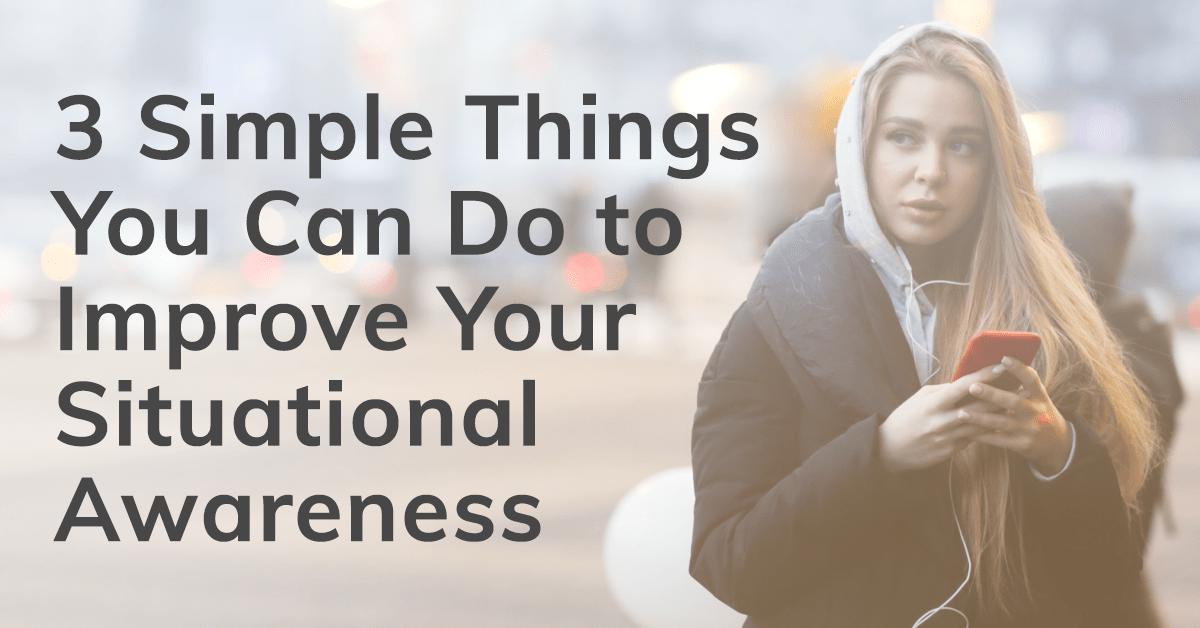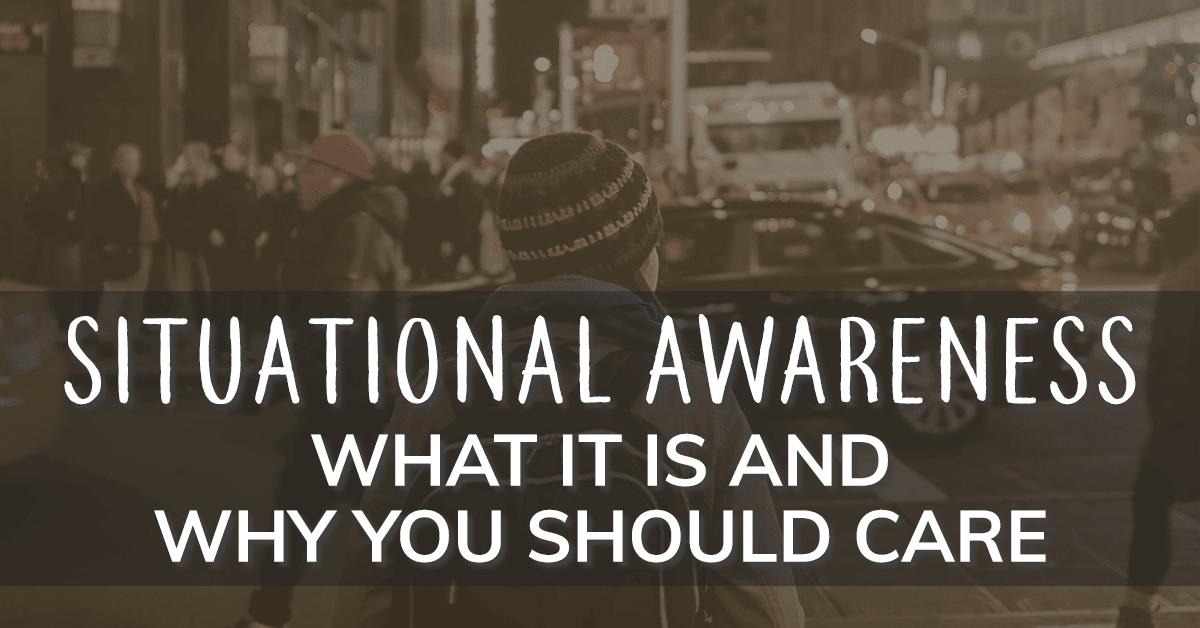Orders Over $100 Ship FREE (USA)!
Orders Over $100 Ship FREE (USA)!
CONCEALED CARRY
(Apparel with holster pockets or concealed-carry features)
PARTS & GEAR
RANGE STYLE
Gift shopping & not sure about size or style? Give a gift card instead!
GIFT IDEAS
EXPLORE
BFCM Sale 20% Off every item! EXTENDED
Black Friday & Cyber Monday EXTENDED: Indulge in Luxury, Pay Less.
Practical Tips for Maintaining Situational Awareness
3 min read
If you want to carry concealed, you probably already know you need to achieve competency with your firearm, but there are other skills you need to have to carry safely and confidently. By learning how to observe your environment, constantly evaluate it, and react quickly and appropriately, you can achieve a large degree of control over your circumstances.
It might sound challenging to be exceptionally aware of everything all the time, but it really only takes a few small mindset shifts and regular practice. Here are some practical tips you can use to maintain situational awareness at all times.
What Does it Mean to Be "Situationally Aware"?
Being situationally aware means being conscious of your immediate surroundings and any potential threats you might face. By paying attention to the world around you, you become more aware of any potentially dangerous or threatening situations.
By being aware at al times, you can respond and react to dangerous situations faster, improve your chances of survival if you ever face an immediate threat, and have better opportunities to avoid the threat in the first place.
The Different Levels of Situational Awareness
When moving through life, people experience different levels of awareness. You've probably noticed that some people seem oblivious to everything going on around them while you may see others scanning a room or looking you right in the eye. The Cooper Code is a system that was designed to explain the different levels most people live in:
WHITE: This state is when someone is completely unaware and oblivious to possible threats. If you're caught in Condition White, you will need several seconds to even realize what is happening and respond. The only thing that may save you is a mistake by your attacker.
It's acceptable to be in condition white when you're secure in your own home, but the minute you walk out the door, you leave your home, it's recommended you move to the next level.
YELLOW: This is a relaxed, but alert state. There is no specific threat around you, but you are aware of the fact that you may need to defend yourself any moment. In Yellow, you are "taking in" surrounding information in a relaxed but alert manner and something catches your attention, you assess it. Condition Yellow is best practiced when you find yourself in unfamiliar surroundings or among people you don't know.
ORANGE: This is when you've identified a potential threat. Something is not quite right, so you give it your full attention while not losing sight of your overall surroundings. You don't take any action like drawing your firearm, but you are in a position to do so if necessary. You also formulate a plan on how to deal with this specific situation if the threat elevates and needs immediate attention.
Condition orange gives you the opportunity to remove yourself from the situation before you find yourself having do deal with a threat.
RED: Condition Red is when you are dealing with a dangerous situation that has escalated. You’ve made your decision to act, and you're no longer waiting to see if it gets better—you’re now taking decisive action.
Tips for Improving Your Situational Awareness
It's not practical to be in a heightened state of awareness all the time, so the best thing you can do is learn to shift your level alertness to match what's going on around you. Here are some practical tips for improving your awareness levels.
Minimize Device Distractions
It’s easy to get distracted by electronic devices. Try to avoid burying your head in your phone while walking or in unfamiliar situations. Only use your electronic devices in areas or situations where it’s safe to do so, and remember to look up regularly to keep an eye on your surroundings.
Find Exits and Establish Escape Routes
When you enter a building, scan your surroundings to make sure you have a way out of any room should a dangerous situation arise. It doesn't have to be some elaborate plan, it could be the nearest door or window.
Identify High-Risk Situations
If you find yourself in a high-risk situation like in a poorly lit parking garage or a high-crime area after dark, stay extra vigilant. Don't pull out your phone or let anything else distract you when your safety may be compromised easily.
Regardless of how challenging it can be to maintain situational awareness, it’s still crucial. To live more confidently every day, pay attention to what’s going on around you at all times. Think about how you can improve your observation skills, whether you’re concealed carrying or not, and practice recognizing potential threats before they become immediate dangers.
Also in Lifestyle: Situational Awareness

3 Simple Things You Can Do to Improve Your Situational Awareness
3 min read

Situational Awareness - What It Is and Why You Should Care
2 min read

Combat Mindset - The Cooper Color Code
4 min read

